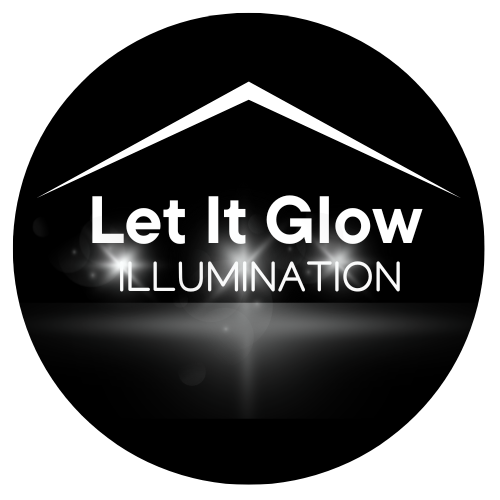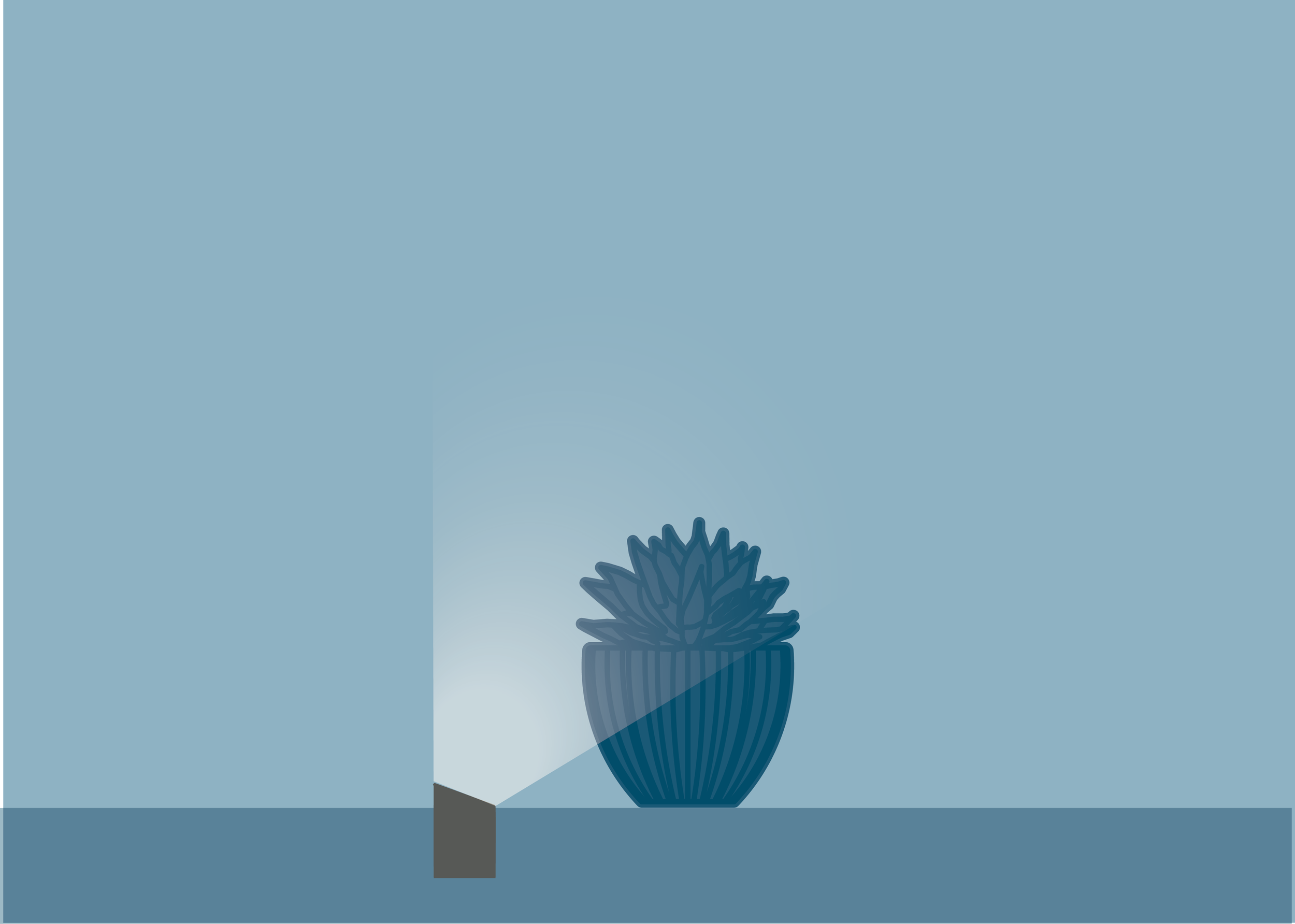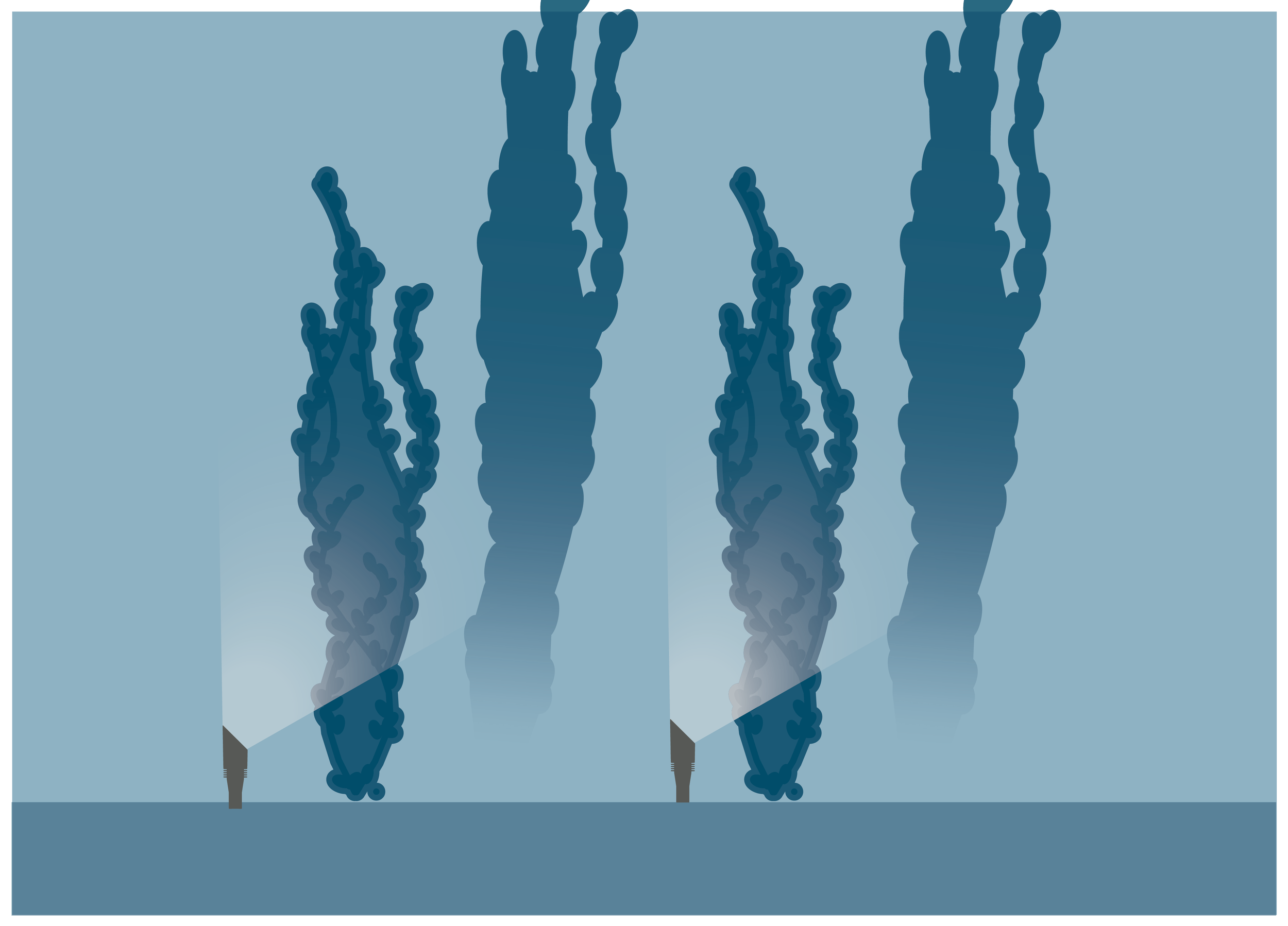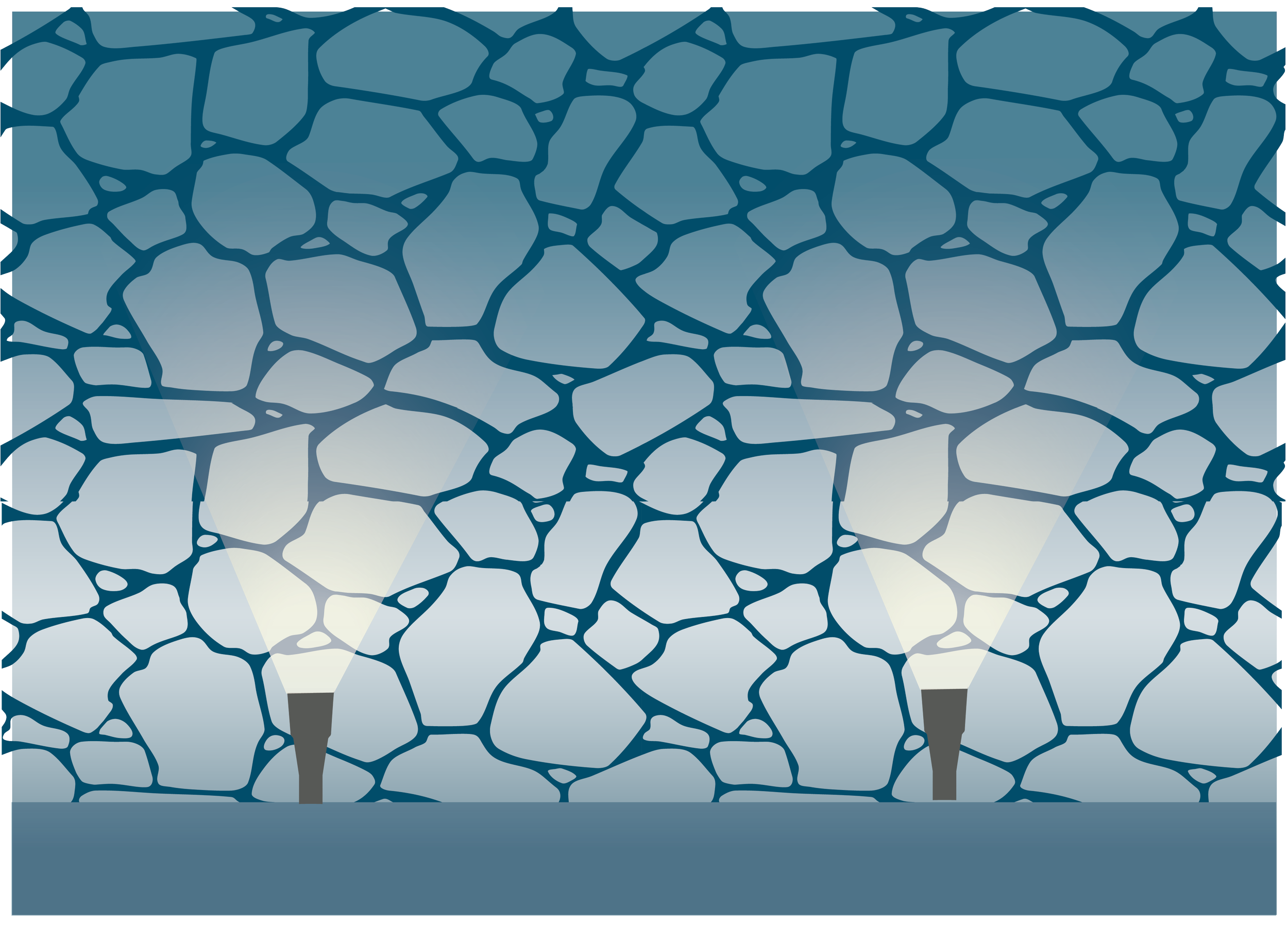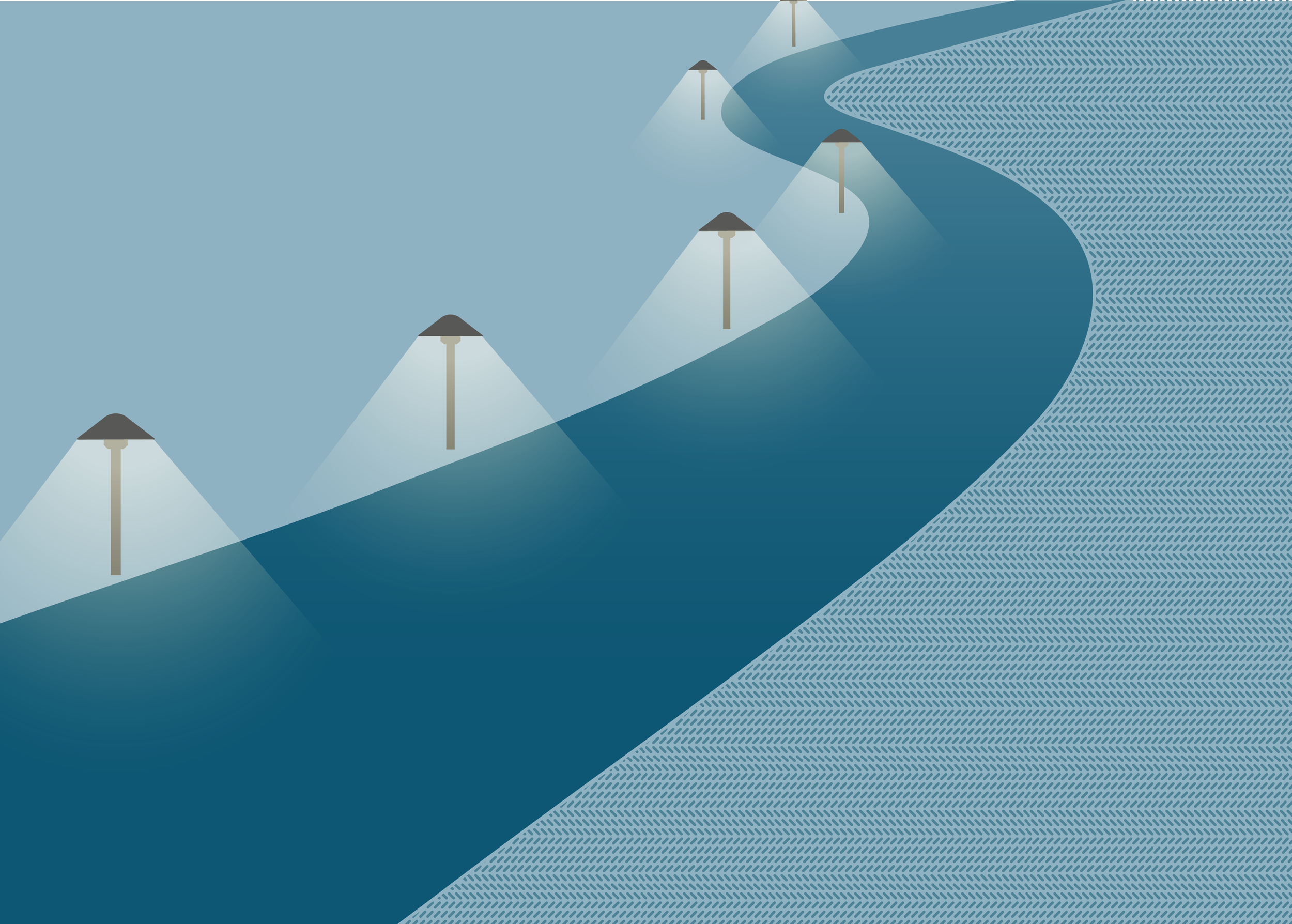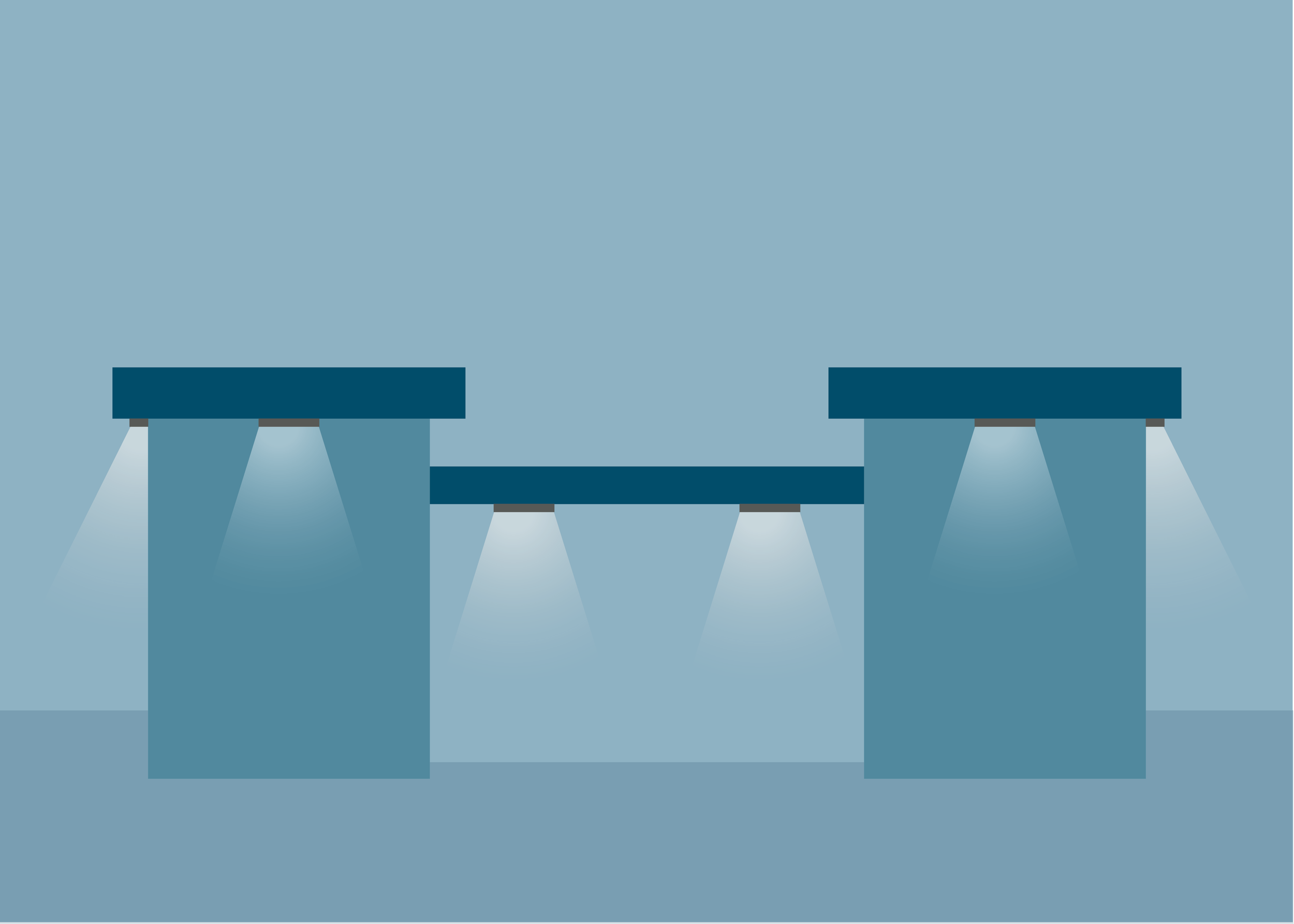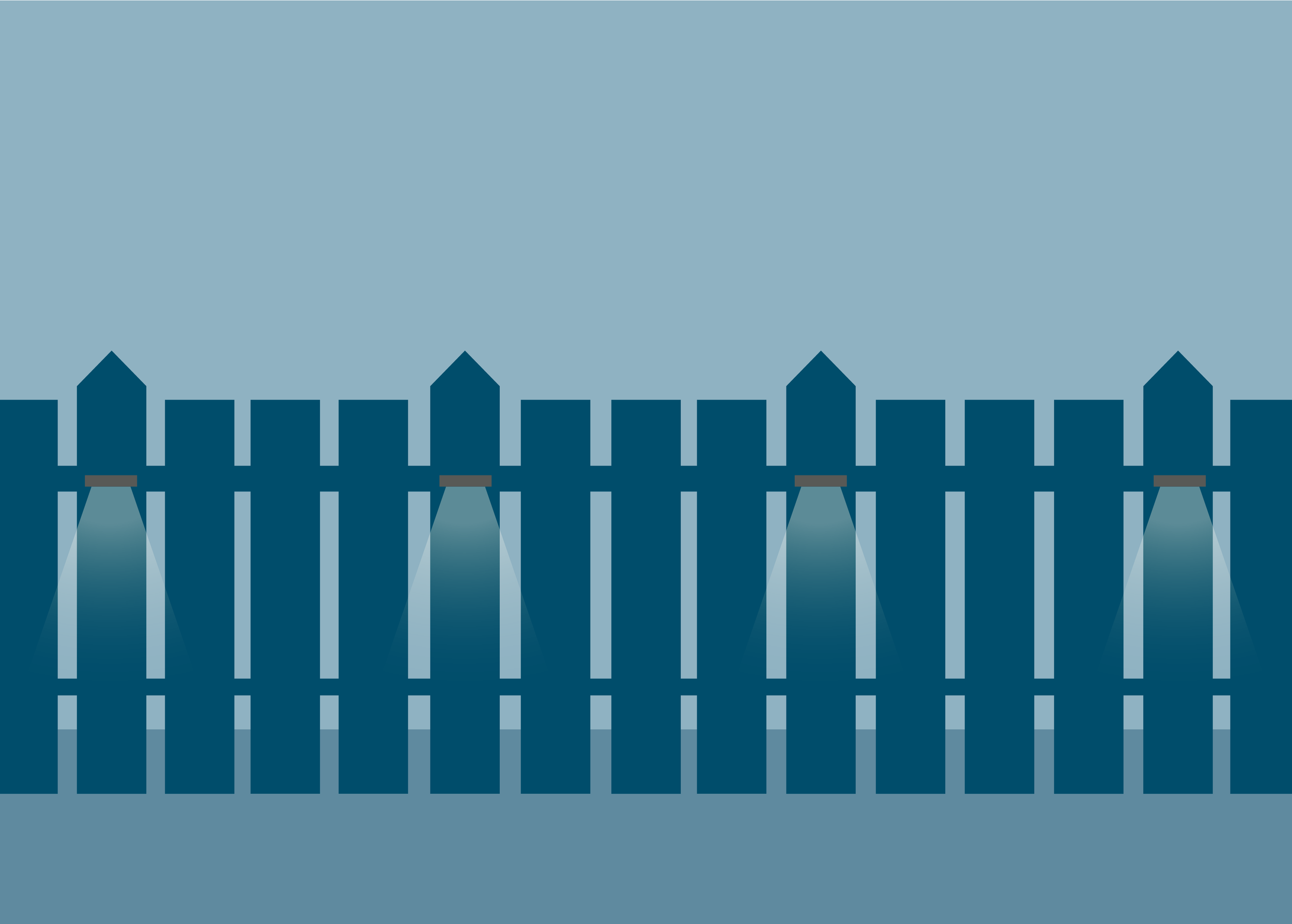
Outdoor Lighting Inspiration
Explore the techniques used to create your outdoor oasis.
Evening lighting attracts our vision into two distinct areas; the focal glow and the ambient lighting. The focal glow of the brightest areas initially attract our attention and draw our gaze. The ambient lighting is the spaces between the focal points. Creating a lighting system that gently blends these two points of lighting creates gentle illumination of key areas and a harmonious backdrop.
When painting a landscape with light, mastering these fundamental techniques is key. From accentuating architectural marvels to delicately tracing pathways with a soft glow, each technique serves to cultivate focal glow and ambient luminescence, breathing life into nighttime living spaces. Explore the lighting techniques below and see the secrets to crafting enchanting landscapes that captivate the eye and stir the soul.
*All images below courtesy FX Luminaire
Up lighting in landscape lighting refers to the technique of placing light fixtures at ground level or below to illuminate objects or architectural features from below. By aiming the light upwards, up lighting creates a dramatic effect that draws attention to specific elements in the landscape, such as trees, sculptures, or the façade of a home. This technique is particularly effective for highlighting vertical surfaces and creating depth and texture in the outdoor environment. Up lighting can also be used to create a sense of drama and ambiance, adding visual interest to the landscape during evening hours.
Up Lighting
Highlighting
Highlighting refers to the technique of accentuating specific features or areas within the landscape by directing focused light onto them. This technique is used to draw attention to key elements such as trees, shrubs, architectural details, sculptures, or other focal points.
Cross Lighting
Cross lighting is the technique of illuminating a subject or object from multiple directions, typically from opposite sides or angles. This approach creates balanced lighting and minimizes harsh shadows, resulting in a more evenly lit and visually appealing scene.
Wall Washing
Wall washing in landscape lighting is a technique where light fixtures are positioned to illuminate a vertical surface evenly from top to bottom. The goal of wall washing is to create a soft, uniform illumination that accentuates the texture and architectural features of the surface while minimizing harsh shadows.
Shadowing
To achieve shadowing, light fixtures are positioned in front of or below the object being illuminated, aiming the light toward the surface behind it. As the light passes through or around the object, it creates shadows that are cast onto nearby surfaces, adding depth, texture, and visual interest to the scene.
Grazing
Grazing is a technique where light fixtures are placed close to a surface, such as a wall, fence, or textured facade, and directed parallel to that surface. The term "grazing" comes from the way the light skims or grazes across the surface, accentuating its contours and creating depth.
Silhouetting
This technique involves placing a light source behind the subject, which effectively blocks direct light from reaching the viewer's perspective. A light fixture is strategically positioned behind the object or feature, aiming the light toward the viewer or a surface in the background. This backlighting creates a contrast between the illuminated background and the dark silhouette of the subject, resulting in a dramatic and visually impactful scene.
Down lighting in landscape lighting refers to the technique of illuminating objects, features, or areas from above. This method involves positioning light fixtures above the target area and directing the light downward, creating a soft and diffuse illumination that mimics natural moonlight.
Commonly used fixtures for down lighting include spotlights, floodlights, pendant lights, or tree-mounted lights. These fixtures are often installed on trees, buildings, pergolas, or other elevated structures, allowing the light to be cast downward onto the desired area.
Down Lighting
Task Lighting
.
Accenting Garden Art
Garden art accent lighting systems are designed to enhance the visual impact of artistic landscape features during nighttime hours. This is achieved through the strategic placement of luminaires to create focal points and highlight the textures and forms of sculptures, fountains, and other installations. Careful consideration of fixture types, beam spreads, and low-voltage wiring ensures a successful and visually compelling lighting design.
Moonlighting
Moonlighting aims to replicate the natural effect of moonlight filtering through trees. It involves placing fixtures high up in trees or on elevated structures, such as pergolas or rooftops, to cast a soft, diffuse light downward onto the landscape below. The fixtures used for moonlighting are typically shielded and positioned to minimize glare, creating a gentle and subtle illumination that mimics the ambient light of a full moon.
Scalloping
Scalloping in landscape lighting is a technique used to create visually appealing patterns of light and shadow, reminiscent of scalloped edges. This technique involves positioning light fixtures in a way that casts alternating bands of light and shadow along a surface, such as a wall, fence, or garden bed border.
The primary purpose of path lighting is to enhance safety and visibility of pathways, walkways, and other pedestrian routes within outdoor spaces, allowing people to navigate safely through the landscape, particularly during the evening hours.
Path Lighting
Staggered Path Lighting
A thoughtfully designed staggered pathway lighting layout utilizes a variety of luminaires, including lantern, bollard, or low-profile fixtures, to craft a captivating visual narrative. By varying fixture placement and strategically layering light, designers can create a dynamic and inviting pathway experience. Careful consideration of architectural features and plant materials ensures the lighting design complements the overall landscape aesthetic, enhancing both beauty and usability.
Single-Row Path Lighting
Single-row pathway lighting installations prioritize both safety and aesthetic appeal through the precise placement of luminaires along walkways. Proper trenching, low-voltage wiring, and secure fixture mounting are essential for achieving a clean and consistent lighting effect. This technique creates a well-defined and inviting pathway, enhancing the usability and enjoyment of outdoor spaces.
Marker Lighting
Utilizing marker luminaires for pathway delineation and zone definition is a fundamental aspect of comprehensive landscape lighting design. These ground-level or near-ground-level fixtures deliver subtle, directional light, ensuring safe passage while maintaining a focus on the overall landscape aesthetic. Proper trenching, low-voltage wiring, and secure fixture mounting are crucial for a durable and effective marker lighting system
The application of wall lighting in landscape design involves the precise placement of luminaires to illuminate vertical surfaces, including walls, fences, and building facades. This technique, encompassing wall washing and grazing, serves both aesthetic and functional purposes. It accentuates architectural features, enhances security, and improves nighttime visibility. Proper fixture mounting, beam angle adjustments, and low-voltage electrical connections are essential for a successful wall lighting installation
Wall Lighting
Ledge Lighting
Ledge lighting is a technique used in landscape lighting design to illuminate horizontal surfaces such as ledges, retaining walls, or steps. This technique enhances safety, adds visual interest, and highlights architectural features within outdoor spaces.
Wall Lighting
Wall lighting in landscape design refers to the strategic placement of light fixtures on vertical surfaces such as walls, fences, or pillars. This technique serves both functional and aesthetic purposes, enhancing visibility, safety, and ambiance in outdoor spaces.
Deck Rails
Deck rail lighting is a type of landscape lighting specifically designed to illuminate the perimeter of a deck or balcony. These lights are typically installed along the railing or handrail of the deck, providing both functional lighting and decorative ambiance.
Aquatic lighting design involves the strategic placement of submersible and above-water luminaires to illuminate diverse water features, including ponds, fountains, waterfalls, and streams. This technique enhances the dynamic visual appeal of these elements, while providing essential safety and wayfinding illumination. Proper luminaire selection, low-voltage submersible wiring, and secure fixture mounting are critical for longevity and optimal performance. Dedicated pool lighting systems utilize specialized, code-compliant submersible fixtures.
Water Features
Under Water Lights
Aquatic illumination design utilizes submersible luminaires to transform water features into captivating focal points. Careful planning and installation, including proper trenching, wiring, and fixture mounting, are vital for achieving stunning visual effects in ponds, pools, and fountains. This technique enhances the inherent beauty of water features, creating a dynamic and engaging nighttime ambiance. Professional installation ensures longevity and safety for these underwater lighting systems
Mirroring
Mirroring in landscape lighting refers to the placement of light fixtures to create reflections on water surfaces, such as ponds, pools, or fountains. This technique enhances the visual appeal of water features by doubling the illuminated area and adding depth and dimension to the landscape.
Refractional Lighting
Refractional lighting design strategically positions luminaires to interact with fast-moving water, creating a dynamic, scattered illumination effect through the principles of light refraction. Precise fixture placement, beam angle control, and water flow analysis are crucial for achieving the desired visual impact.
Elevation Change Lighting
Grade illumination strategically positions luminaires to define and enhance elevated landscape features, ensuring safety, functionality, and aesthetic appeal
Stair Wall Lights
Typically installed at intervals along the wall parallel to the stairs, these lights offer directional lighting downward onto each step, ensuring visibility and reducing the risk of accidents. Stair wall lights come in various designs, including recessed, surface-mounted, or decorative sconces, allowing for customization to suit different architectural styles and preferences.
Stair Step Lights
Step lighting design prioritizes safe navigation of staircases and pathways through the strategic integration of low-level illumination. Careful consideration of fixture placement, beam spread, and light output is essential to prevent glare and ensure uniform illumination. Techniques such as recessing or surface mounting luminaires, or utilizing linear strip lighting, are employed to create a subtle and inviting ambiance while enhancing visibility and preventing trips and falls
Stair Downlights
Staircase downlighting design utilizes strategically positioned luminaires to deliver focused illumination onto each step from an overhead perspective. This approach provides a clean and unobtrusive lighting solution, often achieved through recessed or flush-mounted fixtures. 1 The design prioritizes safe navigation and visual clarity, enhancing both the functionality and aesthetic appeal of staircases in both interior and exterior environments.
Let’s work together
Click here to schedule a design consultation
